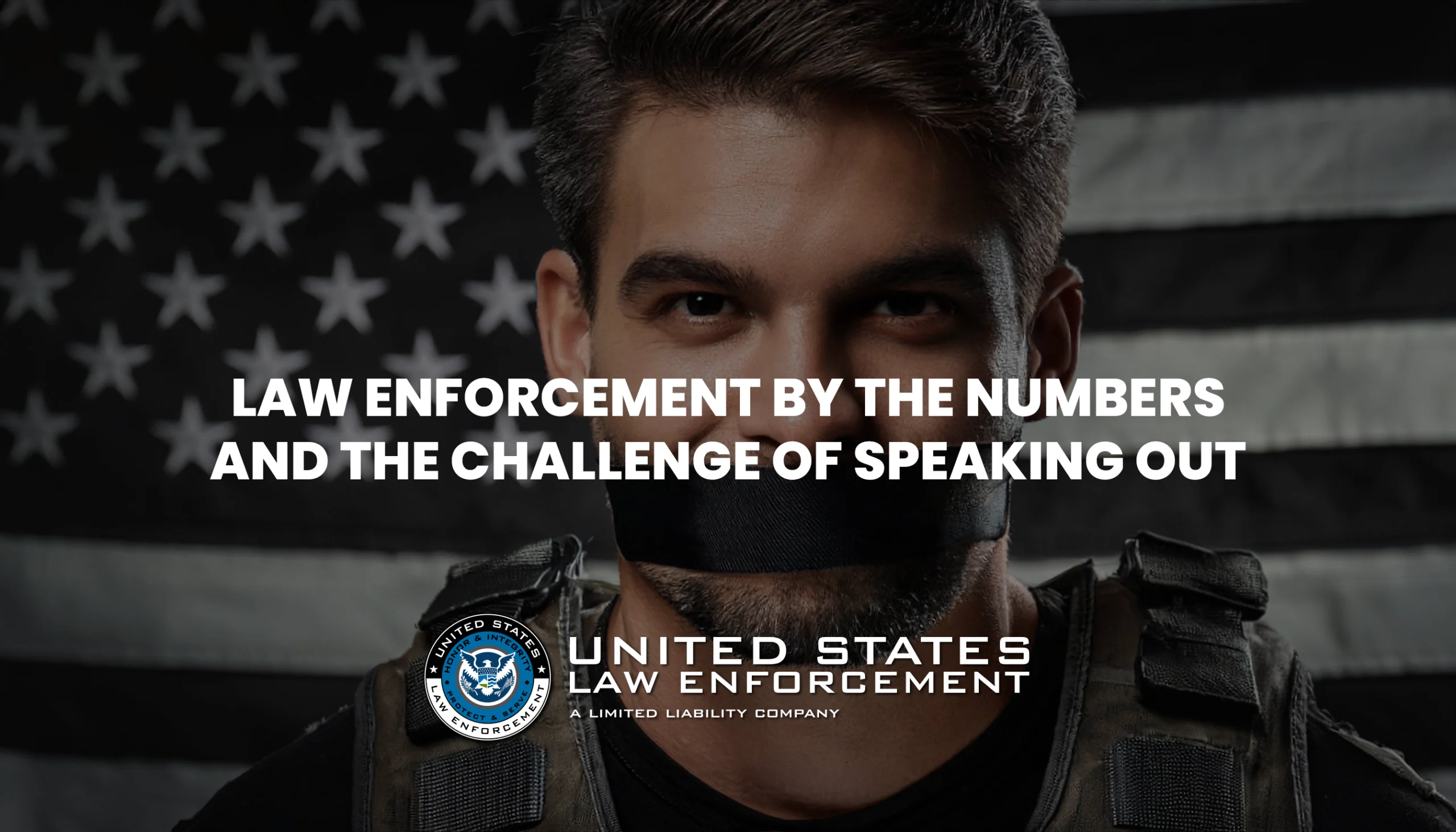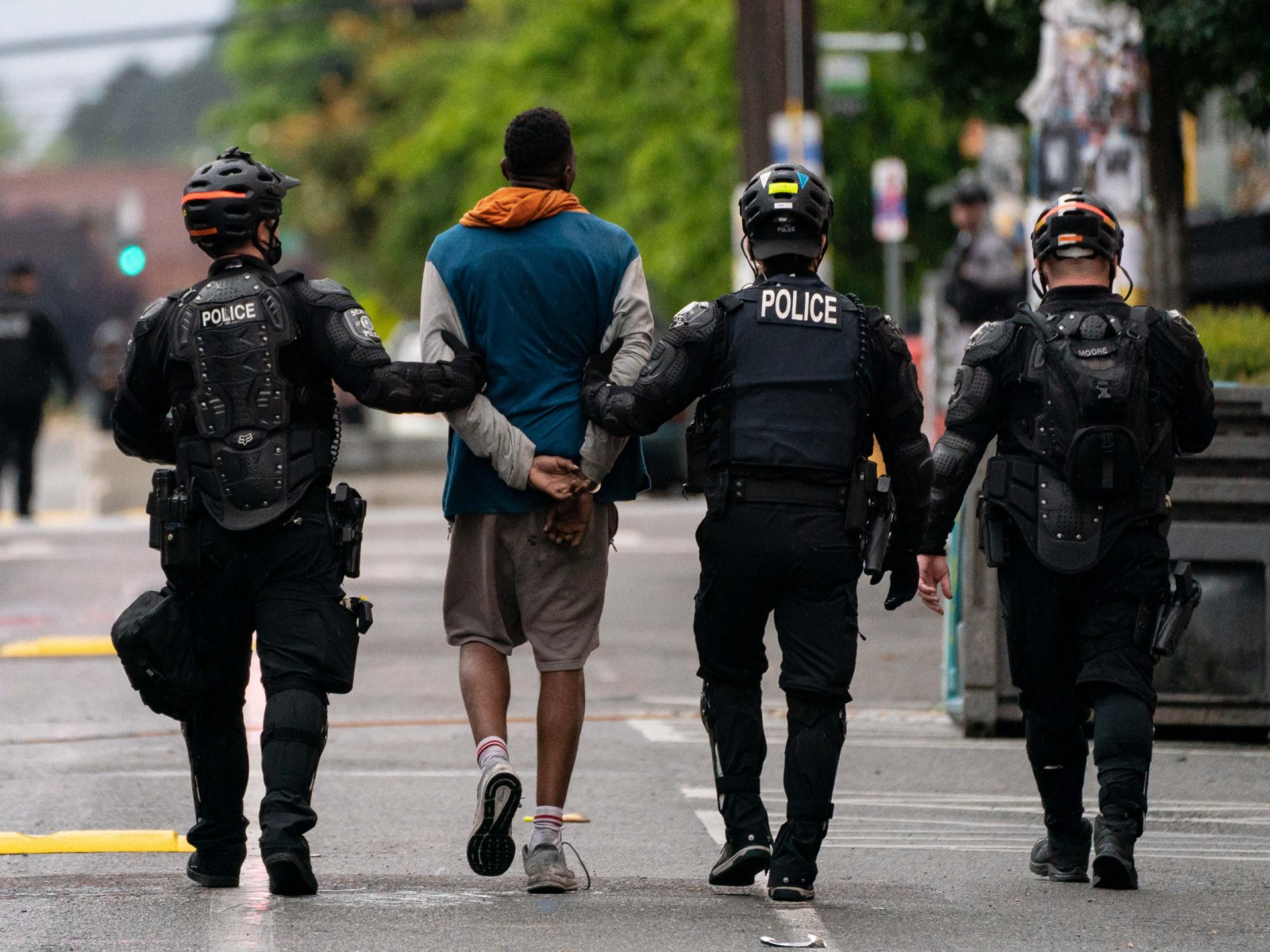Have you ever wondered why the police are sometimes referred to as "12"? It’s not just a random number; there’s a rich history and intriguing story behind it. From law enforcement jargon to pop culture references, the term "12" has been woven into our collective consciousness. But what does it really mean? Let’s dive deep into this mystery and uncover the truth.
If you’ve spent any time watching cop shows or listening to police scanners, you’ve probably heard officers refer to "12" in their communications. While it might sound cryptic at first, this number plays an important role in police lingo. Understanding why the police are called "12" can give you a glimpse into the world of law enforcement and how they communicate.
Before we get into the nitty-gritty, let’s set the stage. This article isn’t just about numbers; it’s about the people behind them—the brave men and women who put their lives on the line every day to keep us safe. So buckle up, because we’re about to take you on a journey through the history, culture, and significance of the term "12" in policing.
- Tamron Halls Husband A Closer Look Into The Man Behind The Iconic Host
- Jericho Rosales Age A Closer Look At The Heartthrobs Life And Legacy
Let’s start with a quick overview of what you’ll learn:
- The History Behind the Term "12"
- Police Communication Codes Explained
- What Does the Number "12" Really Mean?
- How "12" Entered Popular Culture
- The Modern Usage of "12" in Policing
- Public Perception of "12" as a Symbol
- How Officers Are Trained to Use "12"
- Common Misconceptions About "12"
- The Legal Implications of Using "12"
- Where Is "12" Headed in the Future?
The History Behind the Term "12"
Let’s rewind the clock and explore where the term "12" originated. Believe it or not, this number wasn’t plucked out of thin air. It has deep roots in the evolution of police communication systems. Back in the day, before radios became standard equipment, officers relied heavily on call boxes scattered throughout cities. These call boxes were numbered, and guess which number was often assigned to police stations? Yep, you guessed it—12.
As technology advanced and radios entered the picture, the use of numbers in police codes became more widespread. The term "12" stuck around, becoming shorthand for law enforcement in general. It’s kind of like a nickname that just wouldn’t go away.
- Unlock Your Property Secrets A Comprehensive Guide To Larimer County Assessor Property Search
- Did Danny Thomas Lose A Child To Cancer Unveiling The Truth Behind The Tragic Story
The Early Days of Police Communication
In the early 20th century, police communication was rudimentary at best. Officers would patrol their beats and rely on foot messengers or fixed call boxes to report incidents. The introduction of radio systems revolutionized how officers communicated, allowing them to stay connected in real-time. And that’s where the magic of "12" began to unfold.
These early systems used simple numeric codes to relay messages quickly and efficiently. For example, "10-4" meant "acknowledged," while "10-20" indicated location. Over time, "12" became synonymous with police presence, and the rest is history.
Police Communication Codes Explained
Now that we’ve covered the origins of "12," let’s talk about how police communication codes work. These codes are like a secret language that officers use to convey information quickly and discreetly. Think of them as a shorthand for busy professionals who need to stay focused on the task at hand.
Here’s a breakdown of some common police codes:
- 10-4: Acknowledged or understood.
- 10-20: Location or position.
- 10-7: Out of service.
- 10-13: Weather report.
- 10-33: Emergency; all units respond.
While these codes vary slightly depending on the department, the core idea remains the same: efficiency and clarity. And "12" fits right into this system, serving as a quick way to reference police activity.
Breaking Down Code "12"
So, what exactly does "12" represent in police code? In many jurisdictions, it’s used to indicate police presence or activity. For instance, if an officer says, "There’s a 12 at the corner of Main and Elm," they’re letting dispatch know that law enforcement is on the scene. It’s a concise way to communicate without giving away too much detail.
Some departments also use "12" to refer to specific types of calls, such as traffic stops or routine patrols. The beauty of this system is its flexibility—officers can adapt the meaning of "12" based on the situation at hand.
What Does the Number "12" Really Mean?
At its core, "12" is more than just a number—it’s a symbol of authority and protection. When you hear someone refer to "12," they’re not just talking about math; they’re referencing the men and women who keep our communities safe. It’s a nod to the dedication and sacrifice that law enforcement officers embody every day.
But the meaning of "12" goes even deeper. In some cultures, the number 12 is seen as a symbol of completeness or perfection. Think about it: there are 12 hours on a clock, 12 months in a year, and 12 apostles in the Bible. It’s no wonder that this number carries so much weight in both practical and symbolic terms.
The Symbolism of "12" in Law Enforcement
For law enforcement, "12" represents much more than just a call sign. It’s a reminder of the values that officers strive to uphold: integrity, courage, and service. Whether they’re responding to a 911 call or patrolling the streets, officers carry the weight of "12" with them wherever they go.
This symbolism isn’t lost on the public, either. Many people view "12" as a sign of security and trust, knowing that help is just a call away. It’s a powerful reminder of the bond between law enforcement and the communities they serve.
How "12" Entered Popular Culture
Let’s face it—police jargon has a way of seeping into popular culture. From movies and TV shows to music and literature, the term "12" has made its mark on the entertainment world. You’ve probably heard it in songs like N.W.A’s "F**k tha Police," where the number "12" is used as a stand-in for the police. It’s a testament to the enduring impact of this simple yet powerful number.
But it’s not just hip-hop that’s embraced "12." Cop dramas like "Law & Order" and "COPS" frequently use police codes in their scripts, bringing the language of law enforcement into living rooms across the country. As a result, "12" has become a household term, even for those who don’t work in law enforcement.
The Media’s Role in Shaping "12"
The media plays a crucial role in how the public perceives "12." When done right, it can humanize law enforcement and give viewers a better understanding of their work. However, when misused or sensationalized, it can perpetuate stereotypes and misunderstandings. That’s why it’s important for creators to approach this topic with care and respect.
For example, shows like "Blue Bloods" and "The Shield" often delve into the complexities of police work, showcasing both the triumphs and challenges faced by officers. By portraying "12" in a nuanced way, these shows help bridge the gap between law enforcement and the communities they serve.
The Modern Usage of "12" in Policing
Fast-forward to today, and "12" is still going strong in the world of law enforcement. While technology has advanced significantly since the days of call boxes and radio codes, the term remains a staple in police communication. In fact, many departments have embraced digital tools that incorporate "12" into their workflows, making it easier than ever to coordinate efforts and respond to emergencies.
Take, for example, the rise of body cameras and real-time data analytics. Officers can now use these tools to log their activities and communicate with dispatchers using familiar codes like "12." It’s a seamless blend of tradition and innovation that keeps law enforcement moving forward.
How Technology Is Changing the Game
Technology has revolutionized how officers use "12" in their daily operations. From GPS tracking to automated dispatch systems, modern tools have made it easier for departments to track and manage resources. This not only improves efficiency but also enhances public safety by ensuring that officers are where they’re needed most.
That said, there are challenges to overcome. As technology evolves, so too must the training and protocols surrounding its use. Officers need to stay up-to-date with the latest advancements to ensure that "12" remains a relevant and effective tool in their arsenal.
Public Perception of "12" as a Symbol
When it comes to public perception, "12" is a double-edged sword. On one hand, it’s seen as a symbol of protection and security, evoking feelings of trust and confidence. On the other hand, it can also be viewed as a representation of authority and control, depending on the context.
This dichotomy is reflected in the way people interact with law enforcement. While some see "12" as a reassuring presence, others may view it with skepticism or even fear. It’s a complex relationship that requires ongoing dialogue and understanding to navigate effectively.
Building Bridges Through Community Engagement
One way to address these perceptions is through community engagement. By fostering open lines of communication between law enforcement and the public, departments can build trust and dispel misconceptions about "12" and its role in policing. Programs like citizen academies and community policing initiatives are great examples of this approach in action.
Ultimately, the goal is to create a shared understanding of what "12" represents and how it can be used to benefit everyone. It’s about more than just numbers—it’s about building relationships and working together for a safer future.
How Officers Are Trained to Use "12"
Training plays a critical role in how officers use "12" in their daily operations. From the academy to the field, officers are taught the importance of clear and concise communication. This includes learning the proper usage of police codes, including "12," to ensure that messages are conveyed accurately and efficiently.
But training doesn’t stop there. Officers must also stay current with changes in technology and protocol, adapting their use of "12" as needed. This ongoing education helps ensure that they’re always prepared to handle whatever challenges come their way.
On-the-Job Training and Beyond
Once officers graduate from the academy, they continue to refine their skills through on-the-job training and mentorship. This hands-on experience is invaluable, allowing them to apply what they’ve learned in real-world situations. It’s also an opportunity to see firsthand how "12" fits into the larger picture of law enforcement.
By combining classroom instruction with practical application, departments can ensure that officers are well-equipped to use "12" effectively in their work. It’s a holistic approach that pays dividends in terms of both performance and public trust.
Common Misconceptions About "12"
As with any topic, there are plenty of misconceptions surrounding "12." Some people believe that it’s a secret code meant to exclude the public, while others think it’s just a random number with no real meaning. The truth, as you’ve probably gathered by now, is far more nuanced.
To clear up some of these myths, let’s address a few common misconceptions:
- Myth #1: "12" is only used in big cities. In reality, it’s used by departments of all sizes across the country.
- Myth #2: "12" is a secret code that civilians can’t understand. While it may seem mysterious at first, the meaning of "12" is relatively straightforward once you know the



Detail Author:
- Name : Elissa Vandervort
- Username : enrico82
- Email : mills.amara@hotmail.com
- Birthdate : 1973-04-13
- Address : 864 Kovacek Trail Suite 036 Olsonfurt, IA 52836-2365
- Phone : +18202678926
- Company : Quigley, Balistreri and Lemke
- Job : Electronic Masking System Operator
- Bio : Sunt ipsam voluptatum quam. Et earum dolorem cupiditate nihil odio ipsum et. Excepturi doloremque explicabo non id delectus fugit. Repellendus temporibus quod temporibus nesciunt occaecati.
Socials
twitter:
- url : https://twitter.com/lueilwitzi
- username : lueilwitzi
- bio : Et ipsa voluptatem et et nobis qui nostrum. Illo unde velit quia deserunt occaecati praesentium dolorum commodi. Eos tenetur cumque est vitae.
- followers : 4911
- following : 1690
facebook:
- url : https://facebook.com/lueilwitzi
- username : lueilwitzi
- bio : Ratione sequi nisi aut.
- followers : 6473
- following : 236
instagram:
- url : https://instagram.com/isaclueilwitz
- username : isaclueilwitz
- bio : Nesciunt sit quo officiis est est et ut. Ab occaecati perferendis nisi aliquam quam vel.
- followers : 4447
- following : 746
tiktok:
- url : https://tiktok.com/@isac_lueilwitz
- username : isac_lueilwitz
- bio : Asperiores omnis nam voluptatum repudiandae voluptas tempore ea corrupti.
- followers : 2924
- following : 341